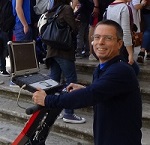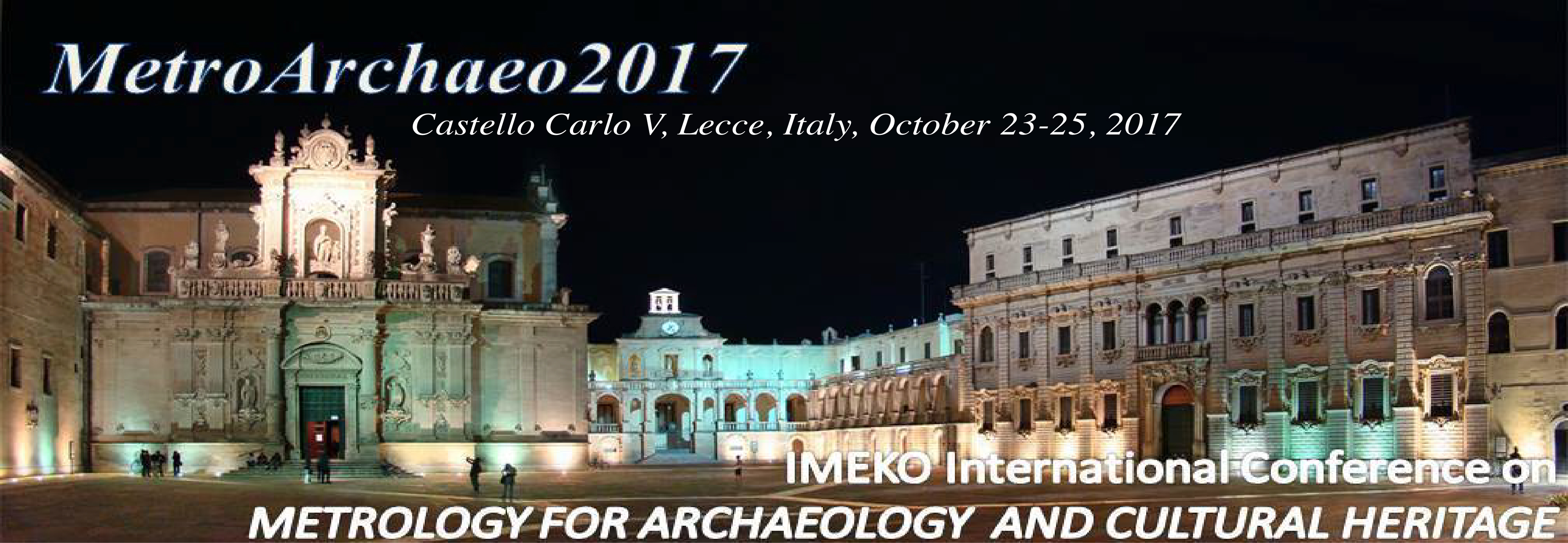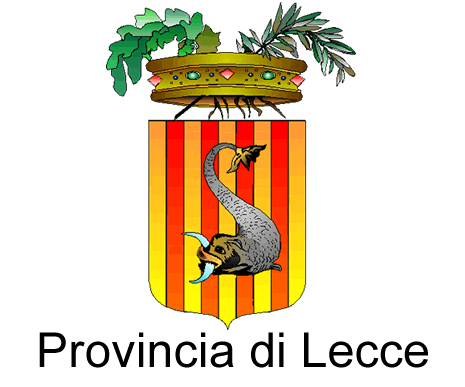Geophysisics for Archaeology
ORGANIZERS
 Giovanni Leucci
Giovanni Leucci
Institute for Archaeological and Monumental Heritage - National Research Council
email: Questo indirizzo email è protetto dagli spambots. È necessario abilitare JavaScript per vederlo.
He is scientific director of the laboratory of geophysics applied to archaeology and monumental heritage. His research interests include geophysics applied in archeology, geology, non-invasive diagnostics of monumental heritage, engineering, environment. He has participated in numerous archaeo-geophysics campaigns in prestigious archaeological sites (Petra-Jordan, Hierapolis and Sagalassos - Turkey, Durres-Albany, the Roman ships of Pisa, Tindari, Ventarrón-Peru etc.) and he was invited professor at the Denver University (USA). He has received several international awards related to the quality of research and scientific production: University of Iceland (Geophysical Research Award), Journal of Geophysics and Engineering Best Paper Award. He is scientific point of reference for:
1) The IUGS and UNESCO for the evaluation of candidate sites to the inclusion in the World Heritage list;
2) the National Research Council of Romania, the German Research Foundation, the Czech Research Foundation, the Agency for Science and Higher Education of ENQA (European Association for Quality Assurance in Higher Education) of the Croatian Government for the evaluation of national and international research projects.

University of Palermo
email: Questo indirizzo email è protetto dagli spambots. È necessario abilitare JavaScript per vederlo.
Raffaele Martorana is PhD in Geophysics Applied to Environment and, since 2008, Assistant Professor of Applied Geophysics at DiSTeM (Dipartimento di Scienze della Terra e del Mare), University of Palermo. Here from 2002 he has teaching assignment on Applied Geophysics in degree course of Geological Sciences and in Master’s Degree of Geological Science and Technologies. His main research topics are:
• Applied Geophysics to Environment and Geology: integrated application of resistivity, electromagnetic and seismic methods to study geological, geomorphological and hydrological problems.
• Applied Geophysics to Engineering and Cultural Heritage: development of new acquisition techniques, design of new instrumentation and software for geoelectrical, electromagnetic, sonic and ultrasonic methods.
• Electrical resistivity tomography: methods of processing and tomographic inversion, development and testing of multi-electrode arrays.
He took part in several research projects, among which the most important are: PRIN 2003 Diagnostics with tomographic methods for the study of the vulnerability of buildings and artefacts; FIRB 2005 Reconstruction and enhancement of the archaeological landscape in the Mediterranean coastal environment through innovative non-invasive methods; PRIN 2007 Control, protection and management of groundwater resources. Innovative contribution of geophysical methods.
Seismic Microzonation of Level I in several municipalities of Sicily (OPCM 3907/2010 - Convention with the Regional Department of Civil Protection) PON 2012 SIGLOD - Intelligent System to support Management and Localization Of Landfills. He is the author of 37 publications indexed on Scopus or WoS and about 100 other on national and international journals and proceedings.
Abstract
The availability of high resolution remote sensing techniques provides a multiscale and multitemporal approaches in the study of ancient settlements and landscapes and in the reconstruction of their development over centuries. Nowadays, the research in landscape archaeology needs the integration of different techniques of high resolution remote sensing: satellite (optical and radar data), aerial (photos, IR and Lidar data) from airplanes and UAVs, ground (integration of different geophysical techniques, field walking, DGPS topographical surveys). The session aims to introduce new field surveys, new approaches and new integrations and analyses of geo-archaeological data for the study of the archaeological sites in order to enhance the knowledge of the investigated area related to both historical reconstruction and production of tools for preventive archaeology and preservation of archaeological and monumental heritage; about the last task very useful are also non-invasive diagnosis through micro-geophysics.
Topics:
- Satellite remote sensing for archaeology using optical and radar data: new perspectives, semiautomatic and automatic approaches for extracting cultural information, study of the interconnection between environmental changes and dynamics of human frequentation;
- Aerial archaeology: from historical and traditional air-photos to IR and Lidar data;
- Integration of ground remote sensing techniques (geophysical prospecting) and field walking and DGPS topographical surveys for the study of ancient settlements and landscapes;
- Integration of non-invasive methods for preservation and protection of monumental heritage (micro-geophysics);
- Integrated Geophysical Methods in archaeological sites;
- Ancient extreme events in the geo-archaeological record, as floods, landslides, earthquakes and tsunamis;
- Climatic and anthropogenic causes of ancient environmental and vegetational changes;
- Managing hillslope instability and soil erosion problems in the past.
Best Papers presented in this special session will be considerated to be published on the international journal "Surveys in Geophysics" (IF 3.622).
The Special Issue title will be “New perspectives on geophysics for archaeology”.
























